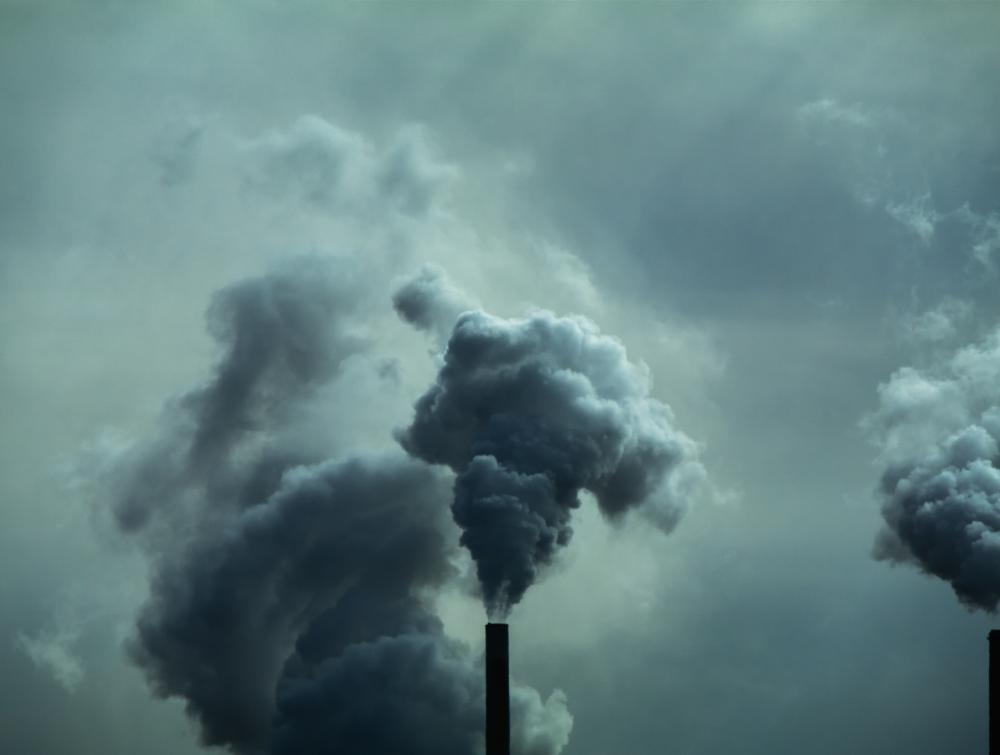New federal report says public lands are a significant source of US greenhouse gas emissions

Rich Carstensen
Powerful data demonstrates the role our country's public lands play in climate change
The US federal government released two climate reports yesterday, both underscoring the increasingly alarming problem of climate change. While one of the reports – the National Climate Assessment – garnered significant public and media attention, the lesser known second report from the United States Geological Survey (USGS) went relatively unnoticed despite containing new, powerful data demonstrating the role of our country’s public lands in contributing to climate change. The USGS report showed that greenhouse gas (GHG) emissions from federal energy production on public lands are a significant source of total US emission, and further exemplify why public lands must be part of any climate solution.
The following statement is from Chase Huntley, Senior Director for the Energy and Climate Program at The Wilderness Society:
“The US government has kept the American public in the dark for far too long on the climate impact of subsidized oil and gas drilling and coal mining on our public lands. We know this administration’s relentless push to dramatically increase production by recklessly drilling and mining anywhere and everywhere has already threatened important wildlife habitat, recreation areas, and drinking water. Now top government scientists are clear that this foolhardy favoritism of polluters over people is also making the climate crisis even more severe.
“Our country needs to start taking climate change seriously, and a key element of that is drastically and immediately reducing unchecked emissions that come from public lands. That means reducing methane emissions, eliminating subsidies for fossil fuel developers operating on public lands, and fully accounting for climate impacts in planning and leasing decisions. These lands represent one of our nation’s best kept secrets in the war on climate change, and all Americans should have a say in how they are managed.”
Background on USGS report and public lands:
- In 2015, the US Geological Survey was directed to estimate the amount of lifecycle emissions from oil, gas and coal development on federal public lands.
- This report looks at data from 2005-2014 and provides baseline information for future energy decisions, but importantly it does not include data from the Trump administration, which has pushed even further to expand fossil fuel development on public lands.
- Moving forward, this report should be produced annually to ensure the American people have access to information about the management of our shared resources.
- Over the past decade, approximately 40% of total U.S. coal production, 26% of U.S. oil and 23% of U.S. natural gas were produced from U.S. federal public lands and waters
- While emissions have decreased during this period, USGS concludes this is due almost entirely to declining production, largely of carbon-heavy coal from public lands. “Although emission factors, numbers of producing wells, vehicle efficiency, and sector usage rates all change from year to year, they have minimal effect on the final emissions results compared to the amount of fossil fuel production. Any significant changes in production will result in a similar change in the attributed emissions.”
The Wilderness Society resources:
- What the latest international climate science report means for your public lands
- Report: In the Dark which provides an in-depth look at the significant lifecycle emissions resulting from the development of fossil fuels on U.S. public land
- These data are consistent with what TWS has been reporting since 2012. Our Federal Lands Emissions Accountability Tool (FLEAT) finds that if U.S. public lands were their own country they would rank 5th in the world for greenhouse gas emissions.
CONTACT:
- Alex Thompson, Communications Manager, The Wilderness Society, 202-429-3940, alex_thompson@tws.org
The Wilderness Society, founded in 1935, is the leading conservation organization working to protect wilderness and inspire Americans to care for our wild places. With more than one million members and supporters, The Wilderness Society has led the effort to permanently protect 109 million acres of wilderness and to ensure sound management of our shared national lands. www.wilderness.org
